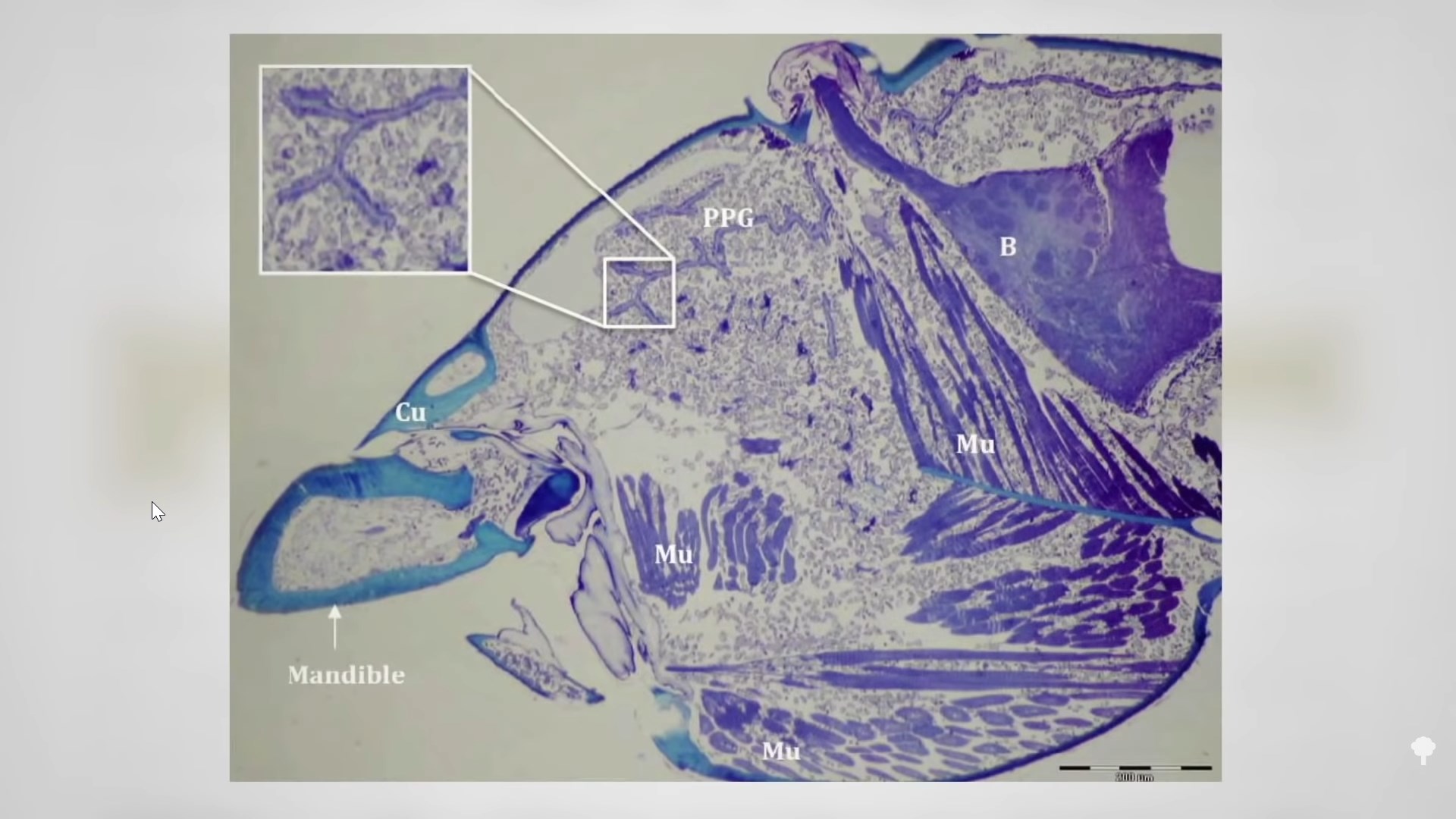Nearly one quarter of Americans have already been infected with the brain parasite toxoplasma.
Toxoplasma is a brain parasite that may infect a million Americans every year, making it “a leading cause of severe foodborne illness in the United States.” Nearly one quarter of adults and adolescents in the United States have already been infected. Newly acquired infections in a pregnant woman can be devastating. In most people with intact immune systems, though, these parasites just sit in your brain in a fine-tuned balance between the parasite and your immune system, just lying in wait, hoping you’ll get sick so your immune system will slip, and it can come back raging and spreading throughout the brain. Indeed, the “infection is lethal in the context of active HIV-AIDS,” for instance.
But in healthy, non-pregnant individuals, the parasite just sits there with “long-term, potentially lifelong residence in the brains of healthy individuals and animals”—kept at bay by our immune system—“without any significant clinical consequence,” and, as such, “chronic toxoplasma infection has been viewed as a benign condition.” Until now, that is. As I discuss in my video Toxoplasmosis: A Manipulative Foodborne Brain Parasite, “This absence of overt symptomology has contributed to the view that tissue cysts and the bradyzoites they house”—that is, the cysts in the brain formed by the parasites—“are dormant entities.” However, recent developments “directly challenge the notion that chronic toxoplasma infections are without consequence. An emerging body of evidence suggests that the presence of an established chronic infection may contribute to the pathogenesis [development] of diverse neurological conditions including schizophrenia, epilepsy, and neurodegenerative conditions.” That doesn’t sound good.
These effects may not be a direct consequence of the parasite, but rather “driven by persistent low level of inflammation in the infected brain.” Either way, not good. Let’s explore these new data that have gotten neurologists so worried, review strategies on how not to get infected in the first place, and determine what one might be able to do to mediate the effects if you are one of the one in four Americans who is already infected.
Suspicions that infections might play a role in mental health date back more than a century. An editorial from an 1896 publication of Scientific American asked, “Is insanity due to a microbe?” Well, “for millions of years, parasites have altered the behaviour of their hosts.”
Consider the diabolical effects of the rabies virus, which is “usually transmitted in the saliva by biting animals, so it makes sense that the virus taps specifically into the limbic system of the brain, turning its victims from Fido into Cujo to facilitate transmission of the virus. But brain parasites can do more than just switch behaviors on and off. “Some parasites can adaptively take over and completely control the behavior of their hosts,” like the famous “zombie ants.” “‘Enslaver’ fungi make their insect hosts die perched in a position that favors the dispersal of [fungal] spores by the wind.” You can see the head of a manipulated ant, colonized by tendrils of the fungus, below and at 3:06 in my video.

“Ants infected by the fungus…die in a dramatic way.” Once the ant is positioned just so, “dying is preceded by biting behaviour where ants clamp onto plant surfaces” to keep it stable while the fungus bursts out of the back of the ant’s head and grows a long stalk, as you can see below and at 3:30 in my video. Can you believe that?!

There are others, too. For example, some aquatic parasites “cause various insect hosts (e.g. crickets, ants) to drown themselves so the adult parasite can reproduce in water; parasitoids cause bees to bury themselves alive or spiders to build aerial cocoons so as to protect the developing parasitoid pupa…” Those are parasitic wasps that lay their eggs in the abdomen of spiders. On the night the larva eats its way out—“the night that it will kill its host”—the larva marionettes the spider to build it a little home. How creepy is that?!
These are insects with simple brains, though. Surely, brain parasites couldn’t affect complex behaviors in higher animals, could they? This brings us to toxoplasma.
“Toxoplasma is known to manipulate the behavior of their hosts to increase the probability that the host is captured by a predator.” For example, toxoplasma can reproduce in cats, but how is it going to get itself from the brain of an infected mouse into the cat? It can hijack the mouse’s brain and “change their native, inborn fear of the odor of cats into an attraction to this odor.” The parasite causes the mouse to develop a fatal attraction to cats, which is good for the parasite, not so good for the mouse.
I know what you’re thinking: What does this have to do with human mental illness? How do I avoid becoming infected in the first place? This video is part of my series on the toxoplasma this parasite. The others are:
